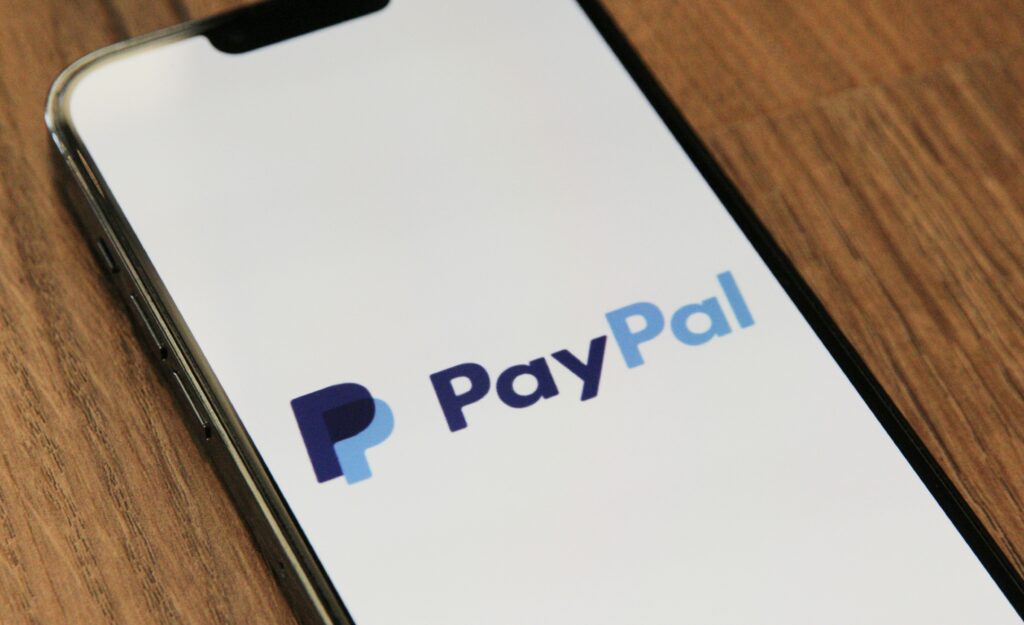When a customer’s credit card expires, it triggers decline code 54. This decline code indicates the card’s expiration date has passed, making it invalid for transactions.
The issue now is how the customer can make the payment and how you can prevent any further processing fees for attempting an expired card. We have the solution.
CONNECT WITH A MORE POWERFUL GATEWAY
Common Causes of Code 54 Declines
Banks issue decline code 54 when they detect an expired credit card during the payment process. This straightforward error leaves no room for interpretation – your customer needs to update their card information to complete the purchase.
Three main scenarios trigger this decline code:
- Your customer’s credit card has simply reached its expiration date printed on the front of the card. Banks automatically block these cards on the first day of the month following expiration. For example, if a card expires in 10/31/24, it becomes invalid starting 11/1/24.
- Sometimes customers mistype their card’s expiration date during checkout. A simple typo can trigger code 54, even when using a valid card. Modern payment forms help prevent this by validating the date format, but errors still occur.
- Banks often send replacement cards before the current one expires. When customers activate their new card, the old card becomes invalid immediately – even if it hasn’t reached its printed expiration date. This automatic deactivation protects customers from potential fraud but can surprise those who haven’t switched to their new card.
To minimize lost sales, your checkout page should clearly explain this error and immediately offer alternative payment methods like PayPal, Apple Pay, or a form to enter a different card. This approach keeps customers in your checkout flow instead of losing them to frustration.
MAXIMIZE CONVERSIONS AT CHECKOUT
Best Practices for Handling Code 54 Declines
While error code 54 is straightforward, there are some tweaks you can make at checkout to ensure the sale goes through.
Immediate Actions
Transform expired card declines into successful sales by taking swift, strategic actions at checkout.
Start by implementing clear error messaging that explains the expiration issue without technical jargon. Tell your customer exactly what went wrong: “This card has expired. Please use a different card or another payment method to complete your purchase.”
Display a new payment form immediately below the error message. This form should auto-focus on the card number field, making it effortless for customers to enter alternative card details. Position this form prominently – don’t make customers hunt for it or click through additional screens.
Showcase multiple payment options alongside the new card form. Place recognizable payment buttons for PayPal, Apple Pay, and other digital wallets where customers can easily spot them. These alternatives often have current card information stored, allowing customers to complete their purchase with a single click.
Block the expired card number in your payment system after the first decline. This prevents customers from repeatedly trying the same expired card, which would trigger unnecessary processing fees for your business. Your payment form should actively reject blocked card numbers before sending them to your processor.
Remember to preserve the customer’s cart and shipping information during this process. Nothing frustrates shoppers more than having to re-enter their delivery details because of a payment issue. Keep all other checkout information intact while they update their payment method.
Preventive Measures
Implement an account updater service to automatically refresh expired card information before declines occur. This powerful tool connects with card networks to retrieve new expiration dates and card numbers, preventing up to 40% of involuntary churn from expired cards.
Set up smart retry logic for recurring payments to maximize recovery. Instead of randomly retrying failed transactions, use AI-powered systems to determine optimal retry timing. This approach analyzes historical payment patterns to schedule retries when they’re most likely to succeed.
Create a proactive card expiration notification system. Send friendly reminders to customers 60, 30, and 15 days before their cards expire. Include a direct link to update payment details, making it effortless for customers to maintain uninterrupted service.
GET A CHECKOUT PAGE THAT CONVERTS
Reducing Revenue Loss from Expired Cards
An expired credit card isn’t an automatic lost sale. Here’s how you can reduce revenue loss.
Strategic Solutions
Design clear, action-oriented error messages that guide customers to success. Replace technical jargon like “Decline Code 54” with friendly language: “Your card has expired. Let’s update your payment information to complete your purchase.” This direct communication reduces customer confusion and abandonment.
Transform your decline page into a payment options hub. Display multiple payment methods like PayPal, Apple Pay, and other digital wallets alongside your card form. Use recognizable logos and single-click checkout options to streamline the recovery process. These alternatives often contain updated payment information, helping you salvage sales immediately.
Track your decline recovery metrics to identify improvement opportunities. Monitor key data points like recovery rate by payment method, time to recovery, and customer retention after a decline. Use these insights to optimize your recovery strategy and reduce revenue leakage from expired cards.
Create a VIP recovery process for high-value transactions. When premium customers encounter expired card declines, trigger immediate support team notifications. Your team can then provide personalized assistance to secure these valuable sales.
Technical Implementation
Set up real-time webhooks to monitor card updates and payment status changes. When the account updater service refreshes card information, trigger automatic notifications to your system. This ensures your payment tokens remain current and allows you to track update success rates.
Create a tokenization system to enhance payment security and reliability. Replace raw card numbers with network tokens that never expire, significantly reducing involuntary churn from expired cards. These tokens also improve overall payment success rates through enhanced security measures.
Configure your payment forms to validate card information before submission to your processor. Implement client-side checks for expiration dates, card numbers, and security codes. This prevents unnecessary decline fees and provides immediate feedback to customers entering expired cards.
IMPLEMENT A DECLINE STRATEGY NOW
Related Decline Codes to Monitor
While managing expired card declines (code 54), merchants should monitor other common decline codes that often impact revenue. Understanding these codes helps create a comprehensive payment optimization strategy.
Here’s a detailed breakdown of critical decline codes to monitor:

Implement a robust decline monitoring system to track these codes and their frequency. This data helps identify patterns and optimize your payment acceptance strategy. For recurring transactions, use smart retry logic that considers the specific decline code when determining retry timing and frequency.
Remember that decline codes often cluster together – an expired card (54) might later trigger insufficient funds (51) if the customer updates to a card with a low balance. Monitor these patterns to develop more effective recovery strategies.







